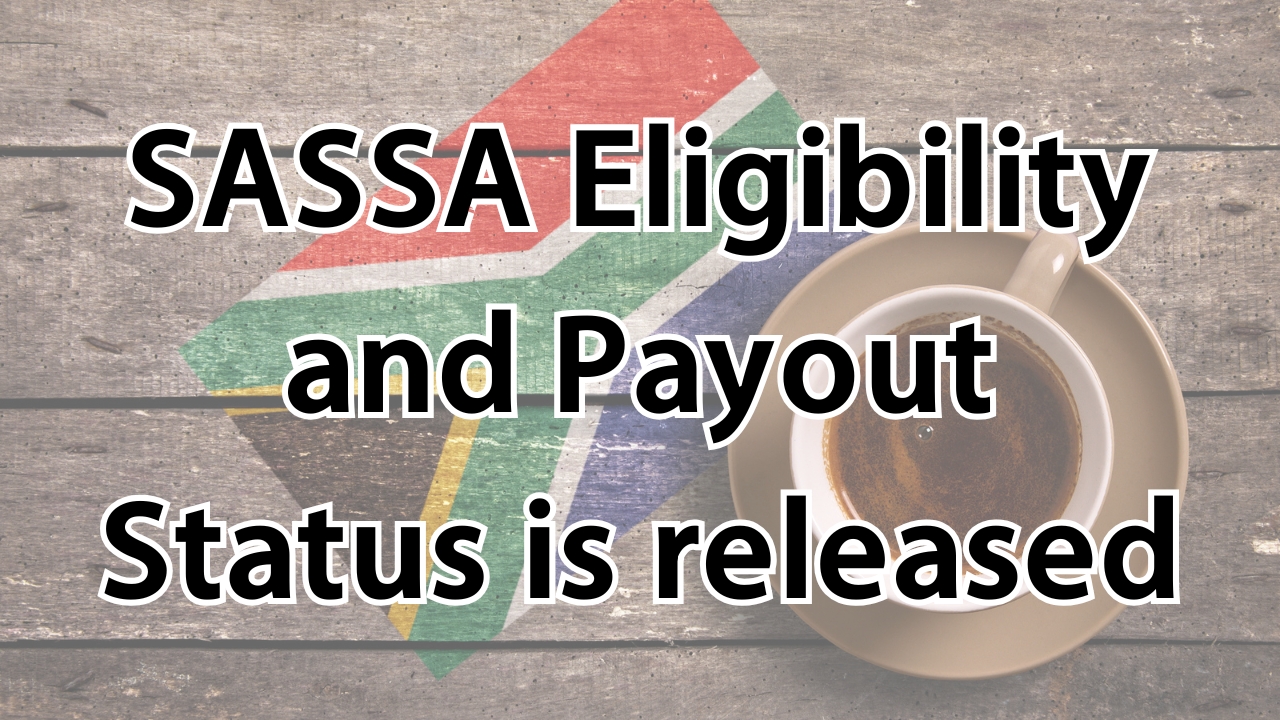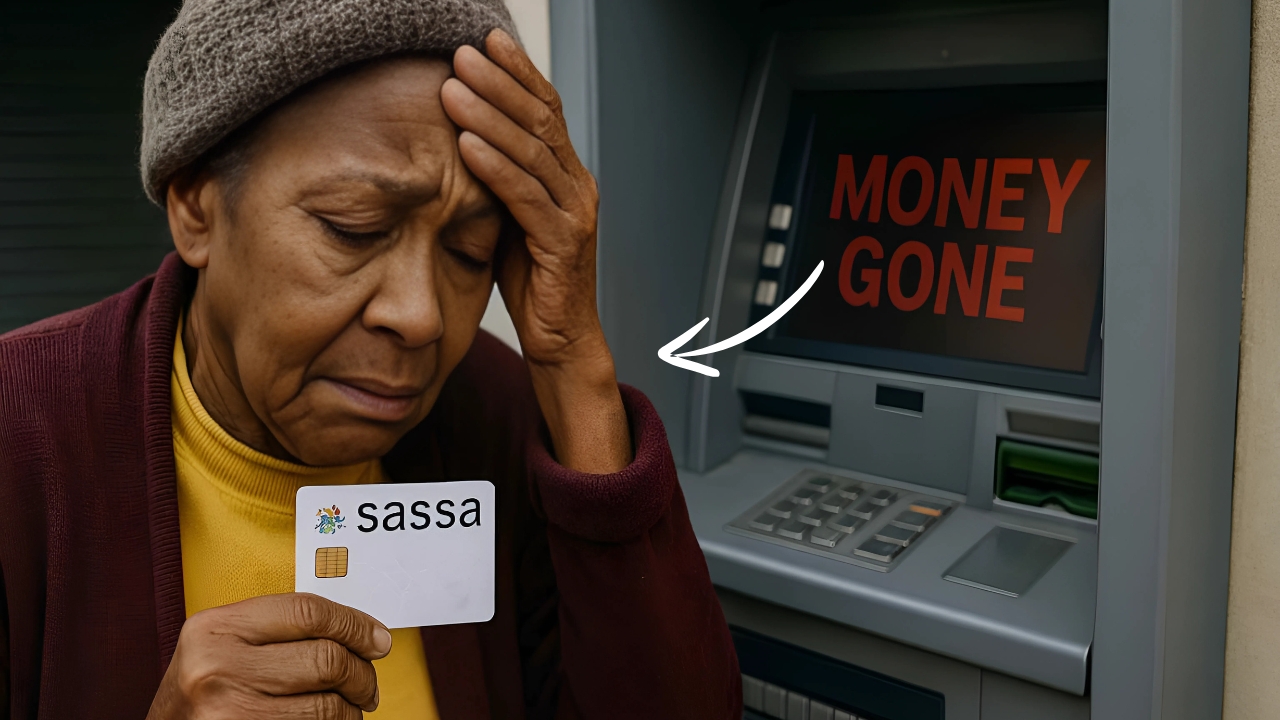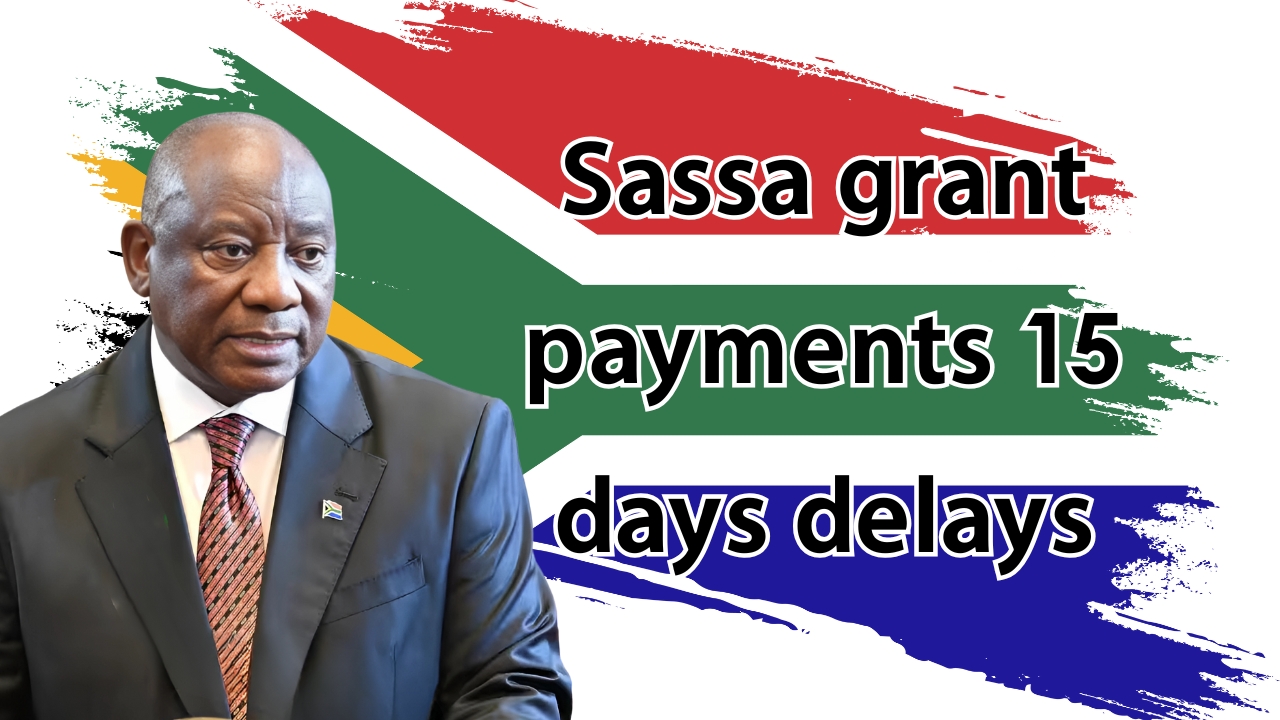Social Security : Social Security benefits represent a cornerstone of financial security for millions of Americans, providing essential income for retirees, disabled workers, and survivors.
As we move through 2025, understanding how to apply for these benefits and what to expect from the June payment cycle helps ensure you receive the support you’re entitled to.
Overview of Social Security Programs
The Social Security Administration (SSA) manages several distinct benefit programs, each serving different populations with specific needs.
Retirement benefits support workers who have contributed to the system throughout their careers. Disability benefits assist those who cannot work due to qualifying medical conditions.
Survivor benefits help family members after a worker’s death. Supplemental Security Income (SSI) provides needs-based assistance regardless of work history.
Understanding which program fits your situation is the first step toward receiving benefits. Each program has unique eligibility criteria, application requirements, and payment amounts based on individual circumstances.
The Application Process Explained
Applying for Social Security benefits has become increasingly streamlined, with multiple options available to accommodate different preferences and circumstances.
The SSA encourages online applications for most benefit types, as this method offers convenience and faster processing times.
To begin an online application, visit SSA.gov and create a my Social Security account if you haven’t already.
This secure portal allows you to complete applications, check status, and manage benefits throughout your relationship with Social Security.
The online application guides you through each required section, saving your progress so you can complete it over multiple sessions if needed.
For those preferring personal assistance, phone applications are available by calling 1-800-772-1213 between 8 AM and 7 PM Monday through Friday.
SSA representatives can take your application over the phone and answer questions about the process.
Local Social Security offices also accept in-person applications, though appointments are strongly recommended to minimize wait times.
Required Documentation
Successful applications require specific documentation to verify identity, eligibility, and benefit calculations. Essential documents include:
Your Social Security card or record of your number. Birth certificate or other proof of age.
Proof of U.S. citizenship or lawful alien status. Military discharge papers if you served. W-2 forms or self-employment tax returns for recent years.
For disability applications, extensive medical documentation is crucial. This includes medical records, test results, treatment notes, and statements from healthcare providers about your functional limitations.
The more comprehensive your medical evidence, the stronger your disability claim.
Survivor benefit applications require additional documentation such as death certificates, marriage certificates, and birth certificates for eligible children.
Having these documents ready before starting your application speeds the process considerably.
Timeline and Processing
Application processing times vary by benefit type and complexity. Retirement benefits typically process within 2-3 months when all documentation is complete.
Disability determinations often take longer, averaging 3-6 months for initial decisions, as they require thorough medical review.
You can check application status through your my Social Security account or by calling the SSA. If additional information is needed, respond promptly to avoid delays.
The SSA sends written notices about decisions, including approval amounts and payment start dates.
June 2025 Payment Schedule
Once approved, understanding when payments arrive helps with financial planning. June 2025 payments follow the established schedule:
SSI recipients receive payment on June 1st. Those who started benefits before May 1997 or receive both Social Security and SSI get paid on June 3rd.
Other beneficiaries receive payments based on birth dates: June 11th for birthdays 1st-10th, June 18th for 11th-20th, and June 25th for 21st-31st.
Direct deposit ensures fastest payment delivery, typically appearing in accounts by the scheduled date. Paper checks take longer and carry risks of mail delays or loss.
Benefit Amounts and Calculations
Benefit amounts depend on various factors. Retirement benefits calculate based on your 35 highest-earning years, adjusted for inflation.
The 2025 maximum retirement benefit at full retirement age is $3,822 monthly, though most recipients receive less based on their earnings history.
Disability benefits use similar calculations but may include dependent benefits for eligible family members.
SSI has standard federal rates of $943 for individuals and $1,415 for couples in 2025, with some states adding supplements.
The annual cost-of-living adjustment helps benefits keep pace with inflation. The 2025 COLA of 2.5% increased all Social Security benefits starting in January.
Common Application Mistakes to Avoid
Preventing application errors saves time and frustration. Common mistakes include providing incomplete medical information for disability claims, failing to report all earnings, submitting applications too early or late, and not keeping copies of submitted documents.
For disability applications, thoroughly document all medical conditions affecting your ability to work, not just your primary diagnosis. Include mental health conditions alongside physical impairments, as combined effects strengthen claims.
After Approval: Managing Your Benefits
Once receiving benefits, several responsibilities ensure continued eligibility. Report changes promptly, including address updates, work activity, marriage or divorce, and dependent status changes. Keep your direct deposit information current to avoid payment disruptions.
Annual benefit statements arrive showing payment amounts and tax information. Some beneficiaries owe federal taxes on benefits depending on total income. Understanding tax implications helps avoid surprises.
Additional Support Services
Beyond monthly payments, Social Security beneficiaries access various support services. Medicare eligibility typically begins with retirement benefits at 65 or after 24 months of disability benefits.
Work incentive programs help disability recipients attempt returning to employment without immediately losing benefits.
State and community programs often provide additional assistance with utilities, property taxes, prescription drugs, and transportation. Local Area Agencies on Aging connect seniors with available resources.
Social Security Conclusion
Navigating the Social Security application process requires preparation and patience, but the resulting benefits provide crucial financial support.
Whether applying for retirement, disability, or survivor benefits, understanding requirements and following proper procedures ensures smoother processing.
Take advantage of online tools, gather documentation early, and don’t hesitate to seek assistance when needed.
Your Social Security benefits represent earned support from years of contributions – ensuring you receive them is worth the effort.














